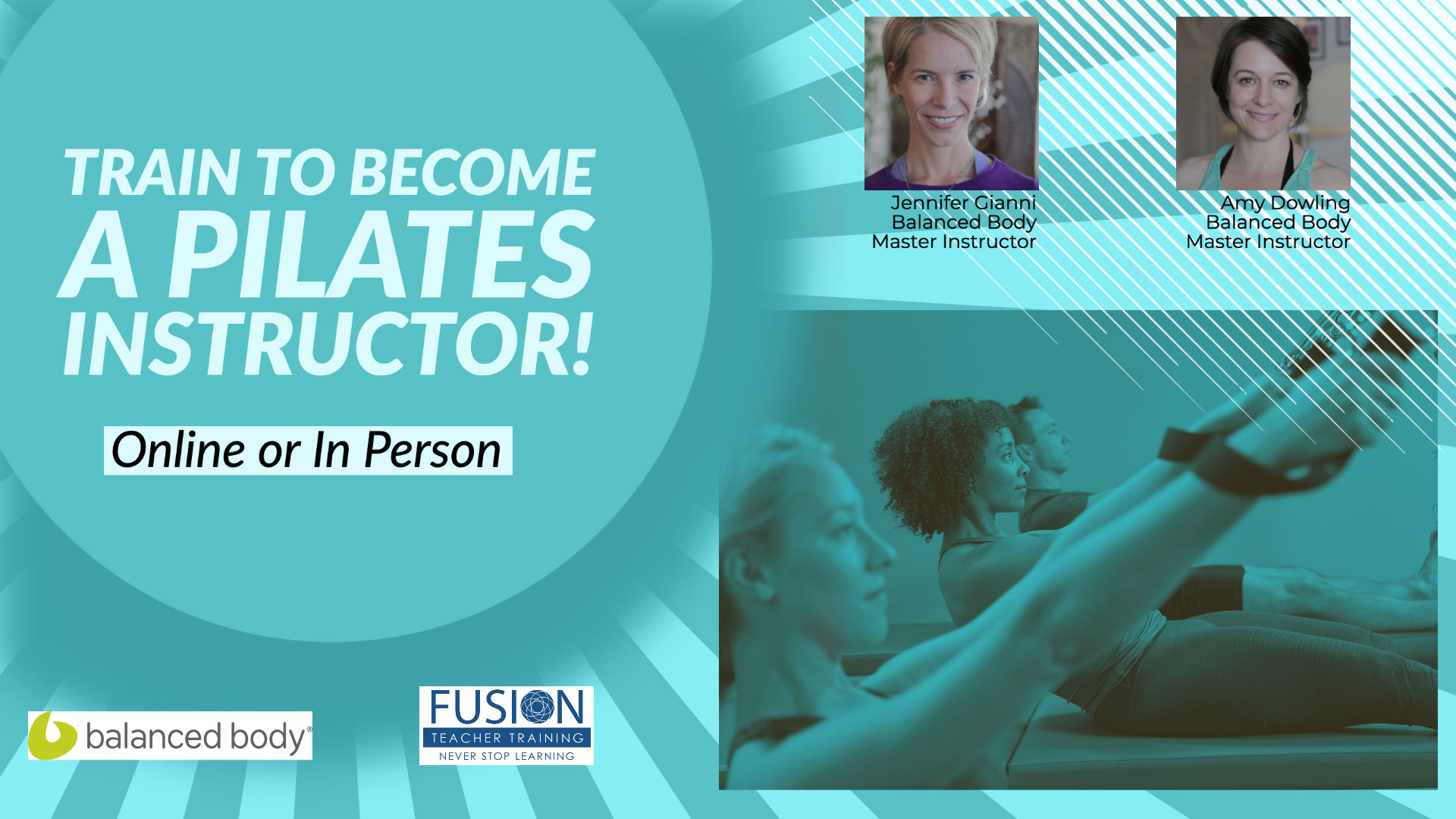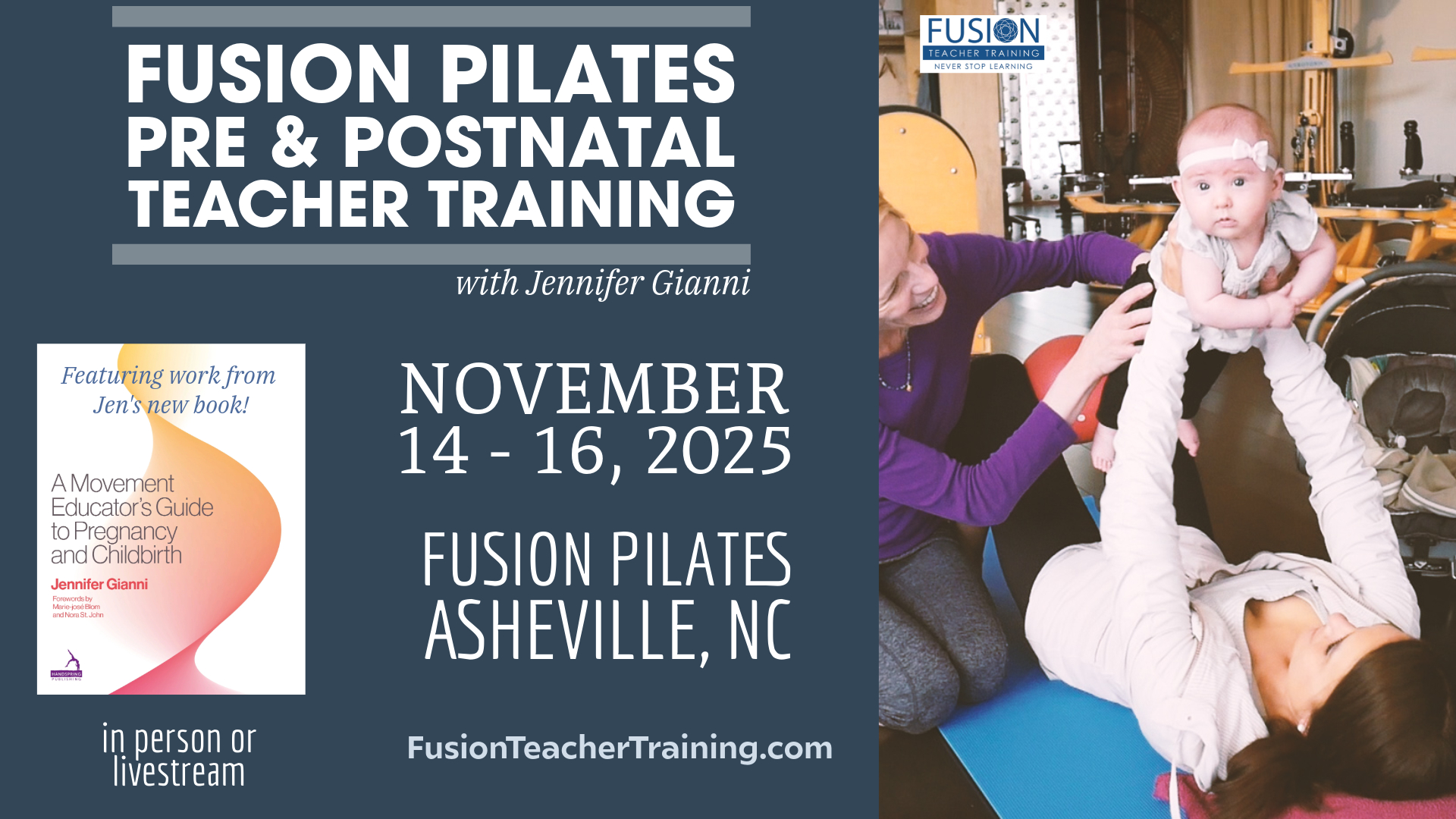 The first trimester describes the first three months of pregnancy. During the first trimester, it is best to keep strenuous exercise to a minimum, as this is the period when the risk for miscarriage is highest. It is also a time when many women feel unbelievably tired, nauseated, and in no mood for exercise. However, gentle exercise is exactly what they need.
The first trimester describes the first three months of pregnancy. During the first trimester, it is best to keep strenuous exercise to a minimum, as this is the period when the risk for miscarriage is highest. It is also a time when many women feel unbelievably tired, nauseated, and in no mood for exercise. However, gentle exercise is exactly what they need.
Early pregnancy is the time to focus on posture. Making sure you get this right from the start will ensure a more comfortable pregnancy and post-pregnancy experience. Bad posture during pregnancy can cause all sorts of physical problems and pain during pregnancy and after as well as hindering the labor and birth process.
The pelvic floor is another area that should be focused on during the first trimester. You should do pelvic floor exercises (see below) as often as you can, especially in the first and second trimesters. Since the pelvic floor works hand in hand with our other core muscles in the hip/lower back area, it is also beneficial to become aware of the other important core muscles such as the Transverse abdominals. This abdominal muscle (the TA muscle) is our deepest abdominal muscle and acts as a very important stabilizer for our skeleton. It is also the only abdominal muscle in pregnancy that we want to continue strengthening.
The TA muscle is a horizontal abdominal muscle that acts like a corset. It creates stability and will help greatly in labor because it contracts into the uterus to help push the baby out. If that isn’t enough reason to keep the TA well trained, if it is kept toned and connected it will also help return you to your pre-pregnancy stomach and body much faster! Look below for safe and effective TA exercises you can perform during your pregnancy.
Breath work is also very important to focus on in early pregnancy. Learning to expand your breath will not only help you relax during pregnancy but also will help you in labor. We want to learn not to strain or grip when we inhale and exhale. Not only can this create stress physically and psychologically, but it can greatly hinder the delivery process. The more relaxed your breathing is, the more relaxed your pregnancy, labor, and delivery will be.
Gentle stretching is also very important in early pregnancy. As always, never force a stretch. It is much better to under stretch than over stretch, especially during pregnancy. During later pregnancy a hormone called relaxin is working to make all the ligaments very loose for the upcoming labor. During that time, the pregnant woman will feel extra limber, and it is very important not to go too deeply into a stretch because it can lead to injury and imbalance in the body. Use the stretches to relax and open and always err on the conservative side.
If you are up to it in the first trimester, strength poses are fine to do and should be done if tolerable. Do challenging (but appropriate) poses or exercises as part of your first trimester regime, but it should be sprinkled throughout the workout and there shouldn’t be a high concentration of difficult work or too much of one thing.
Here are some more beginning exercises that will help you in the first trimester and throughout pregnancy.
Exercise: PELVIC FLOOR LIFT
It is so important to strengthen the pelvic floor in our first trimester of pregnancy. Try to lift up from the inside without squeezing or gripping the outer musculature like the glutes, stomach, or thighs. Ideally, the outer musculature should be relaxed and you should feel a lifting up from the inside.
• Start seated in a chair or on the floor. Later you can try the exercises in all positions: seated, standing, on all fours, on the back, or on an incline.
• In an upward movement towards the uterus, slowly contract the pelvic floor muscles on a long, steady exhale.
• Keep the buttocks and abdominals relaxed as you breath and lift the pelvic floor.
• Inhale and hold.
• Exhale and slowly release the pelvic floor.
• Throughout, the sternum should stay over the pubic bone.
• Do 2 to 4 sets.
ADD ON
• Hold the pelvic floor up, cycling the breath (working up to 10 breath cycles) and then slowly release.
Exercise: TA STRENGTHENING/HOVERING KNEES
The key to TA work is that it be on a “Dimmer Switch.” The exhale must take its time. The exhale is in charge of first pulling the TA in and then movement happens.
• Start on the mat on all fours.
• Wrists under shoulders and knees under hips.
• If there is wrist sensitivity, roll up a mat to lessen the angle of the wrist or make a fist and go onto the knuckles or prop the forearms on a box.
• Inhale and stretch the crown of the head away from the tailbone.
• On the exhale, first sink and stretch the tissue of the deep belly (pull the transverse in) and then (on the dimmer switch) hover the knees a few inches off the floor.
• Make sure the bones of the spine have stayed the same and the shoulders are staying connected into the mid back.
• Hold at the top.
• Inhale to lengthen the spine.
• On the exhale, slowly lower the knees to the floor.
• Do 6 to 8 reps and rest in Child’s Pose.
Please give us your thoughts below!




Leave A Reply (No comments So Far)
Please - comments only. All Pilates questions should be asked in the Forum. All support questions should be asked at Support.
You must be logged in to post a comment.
No comments yet.